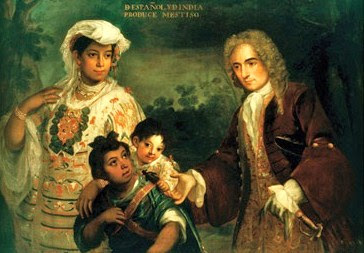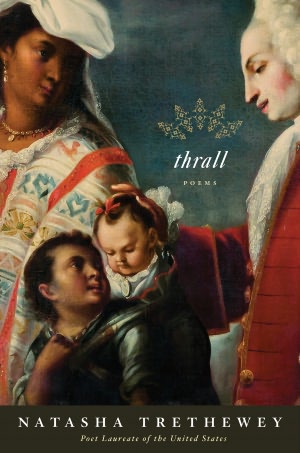
T. S. Eliot was so angry at the audience at for laughing at Stravinsky’s Rite of Spring that he “poked his neighbors with the point of his umbrella.”

About the music, Eliot said that it “seemed to ‘transform the rhythm of the steppes into the scream of the motor-horn, the rattle of machinery, the grind of wheels, the beating of iron and steel, the roar of the underground railway, and the other barbaric noises of modern life.”

These quotes are from Lyndall Gordon’s bio of Eliot, T. S. Eliot: An Imperfect Life. She goes on to say that Stravinsky’s ballet music was an example of “a revelation of a vanished mind of which the modern mind was a continuation.” I love the way she writes and thinks. Though her thought is probably not as true today because the mind of the many is not often a continuation of anything. History is an unfelt breeze in many lives. Still it’s a nice way to think of Eliot and Stravinsky both of whom are clearly speaking in a context of transforming the old into the new.

Speaking of transforming the old into the new, Natasha Trethewey casts her eye over history and gleans some pretty marvelous references to Casta paintings from the 17th and 18th century.

Casta is a Spanish and Portuguese term that refers to “mixed-race people.” Trethewey bases much of her poetry on descriptions of paintings from this time and place.

Referring to the painting above, she writes: “Still, the centuries have not dulled/ the sullenness of the child’s expression./If there is light inside him, it does not shine/through the pain that holds his face.” Of the mother Trethewey writes “the boy’s mother contorts, watchful/her neck twisting on its spine, red beads/yoked at her throat like a necklace of blood,/her face so black she nearly disappears/into the canvas…”
And for this one, Trethewey writes “How not to see/ in this gesture/ the mind/ of the colony?/In the mother’s arms,/ the child, hinged/ at her womb—.”
I couldn’t find the painting online for the following poem. I think the poem itself stands alone magnificently anyway.
********
Torna atrás
After De Albina y Español, Nace Torna Atrás (From Albino and Spaniard, a Return-Backwards is Born) anonymous c. 1785-1790
The unknown artist has rendered the father a painter and so
we see him at this work: painting a portrait of his wife –
their dark child watching nearby, a servant grinding colors
in the corner. The woman poses just beyond his canvas
and cannot see her likeness, her less than mirror image
coming to life beneath his hand. He has rendered her
homely, so unlike the woman we see in this scene, dressed
in late-century fashion, a chicqueador – mark of beauty
in the shape of a crescent moon – affixed to her temple.
If I say his painting is unfinished, that he has yet to make her beautiful,
to match the elegant sweep of her hair,
the graceful tilt of her head, has yet to adorn her dress
with lace and trim, it is only one way to see it. You might see,
instead, that the artist – perhaps to show his own skill –
has made the father a dilettante, incapable of capturing
his wife’s beauty. Or, that he cannot see it: his mind’s eye
reducing her to what he’s made as if to reveal the illusion
immanent in her flesh. If you consider the century’s mythology
of the body – that a dark spot marked the genitals of anyone
with African blood – you might see how the black moon
on her white face recalls it: the roseta she passes to her child
marking him torna atrás. If I tell you such terms were born
in the Enlightenment’s hallowed rooms, that the wages of empire
is myopia, you might see the father’s vision as desire embodied
in paint, this rendering of his wife born of need to see himself
as architect of Truth, benevolent patriarch, father of uplift
ordering his domain. And you might see why, to understand
my father, I look again and again at this painting: how it is
that a man could love – and so diminish what he loves.
from Thrall by Natasha Trethewey

********************************************************
Prosecutor Shot to Death in a Town Near Dallas – NYTimes.com
This looks like an execution. Chilling.
********************************************************
Sept. 11 Hearing Censorship Ordered Stopped – NYTimes.com
Unseen offsite censors stop video if they determine it’s a security breach. Judge takes umbrage since the judge should be ruling on such stuff. Very orwellian, in my opinon.
********************************************************
In Iceland, Court Says a Girl Can Finally Use Her Name – NYTimes.com
Some pretty heavy government intervention thwarted.
******************************************************